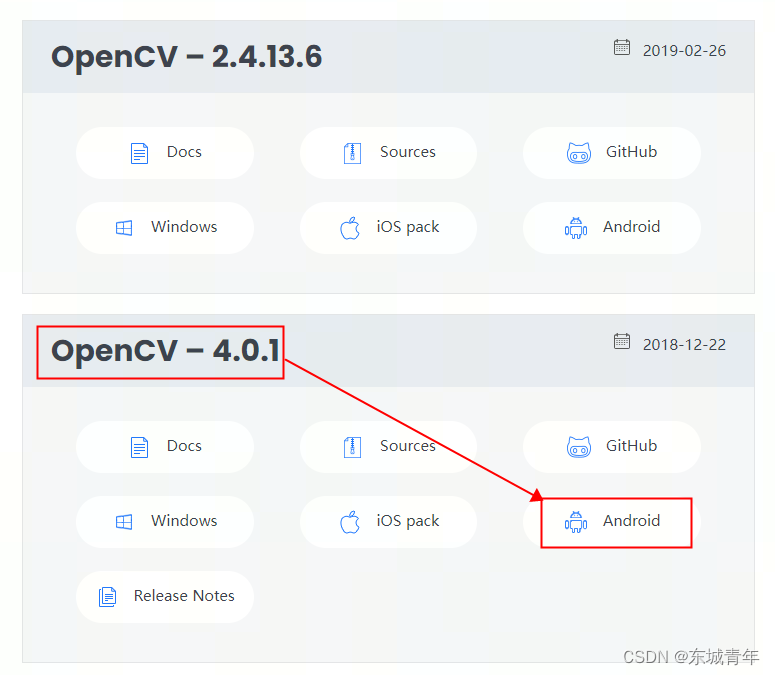环境:当前使用的 Centos 7.9 的光盘作为的本地源。
1 检查是否已安装 tigervnc
[root@localhost /]# rpm -q tigervnc tigervnc-server
未安装软件包 tigervnc
tigervnc-server-1.8.0-21.el7.x86_64
如果安装过卸掉
卸载: rpm -e
[root@localhost /]# rpm -e tigervnc-server-1.8.0-21.el7.x86_64
3 安装 tigervnc-server
[root@localhost /]# yum install tigervnc-server -y
-server.x86_64.0.1.8.0-21.el7 将被 安装
...
...
已安装:
tigervnc-server.x86_64 0:1.8.0-21.el7
完毕!
4 修改配置文件
[root@localhost /]# cd /lib/systemd/system/
[root@localhost system]# ls
[root@localhost system]# cp vncserver@.service vncserver@:1.service
[root@localhost system]# vim vncserver@:1.service
修改
ExecStart=/usr/bin/vncserver_wrapper <USER> %i
为
ExecStart=/usr/bin/vncserver_wrapper root %i
保存退出
:wq
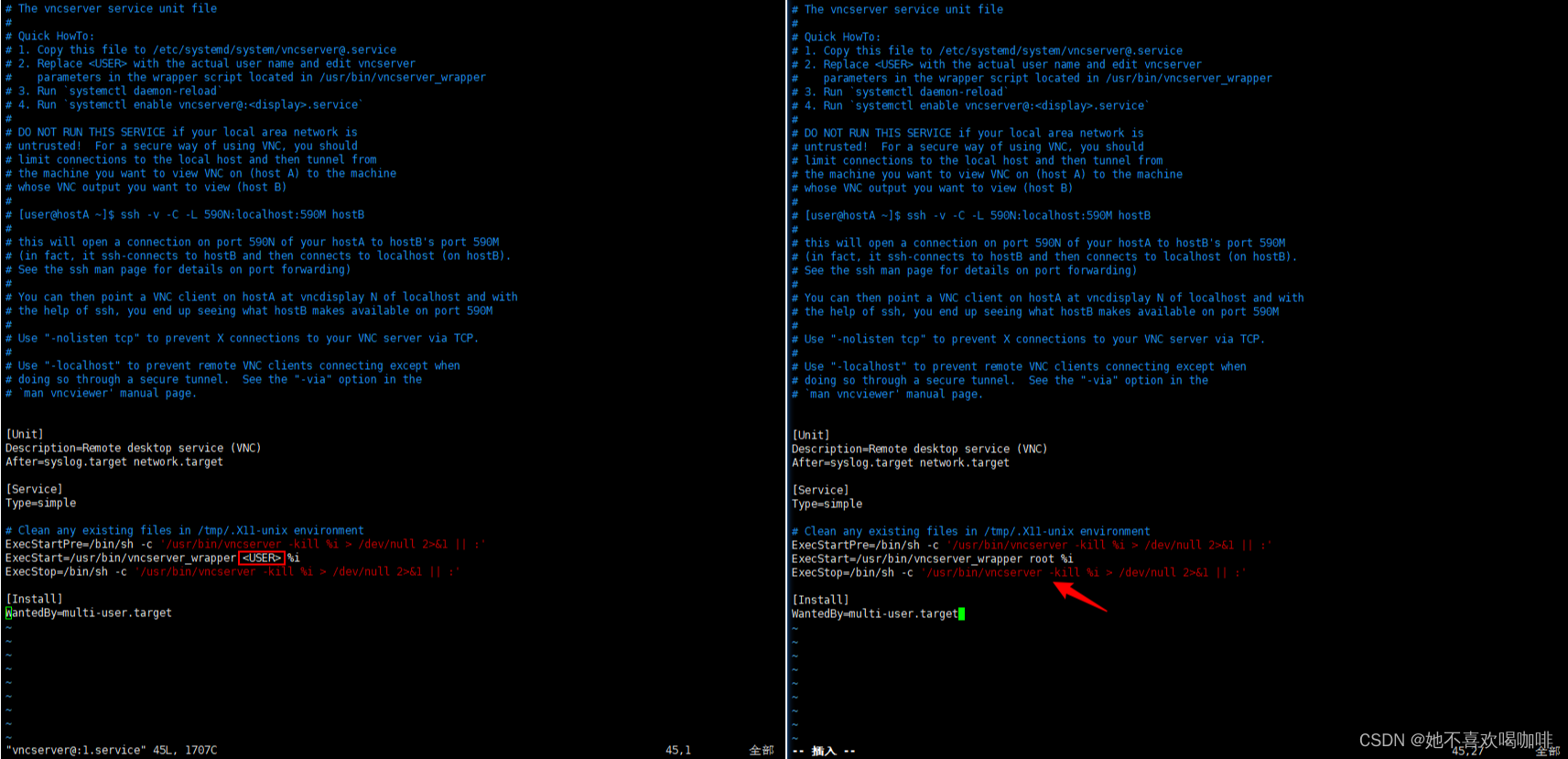
5 配置生效
[root@localhost system]# systemctl daemon-reload
6 设置连接密码
[root@localhost system]# vncpasswd root
Password:
Verify:
Would you like to enter a view-only password (y/n)? y
Password:
Verify:
7 设置防火墙并添加端口
[root@localhost system]# vim /etc/sysconfig/iptables
#在打开的文件(一般为空),加入如下语句,当然如果需要更多的端口,可以加5903,5904...
-A RH-Firewall-1-INPUT -m state --state NEW -m tcp -p tcp --dport 5901 -j ACCEPT
-A RH-Firewall-1-INPUT -m state --state NEW -m tcp -p tcp --dport 5902 -j ACCEPT
8 防火墙允许通过并重启
[root@localhost system]# firewall-cmd --permanent --add-service vnc-server
success
[root@localhost system]# systemctl restart firewalld.service
9 设置开机启动,启动服务
[root@localhost system]# systemctl enable vncserver@:1.service
Created symlink from /etc/systemd/system/multi-user.target.wants/vncserver@:1.service to /usr/lib/systemd/system/vncserver@:1.service.
[root@localhost system]# systemctl start vncserver@:1.service
10 查看端口开启情况
[root@localhost system]# vncserver -list
TigerVNC server sessions:
X DISPLAY # PROCESS ID
:1 18538
11 使用客户端软件连接
vncviewer64-1.10.1.exe
客户端使用 ip:1 连接,此处 ip:1 可根据 vncserver -list 显示的数字来变换


附录:
TigerVNC 官网:
https://tigervnc.org/
http://tigervnc.bphinz.com/nightly/
# 关闭vnc服务
systemctl stop vncserver@:1.service
# 禁止 VNC 服务开机启动
systemctl disable vncserver@:1.service
# 关闭防火墙
systemctl stop firewalld.service
# 查看状态
systemctl status vncserver@:1.service
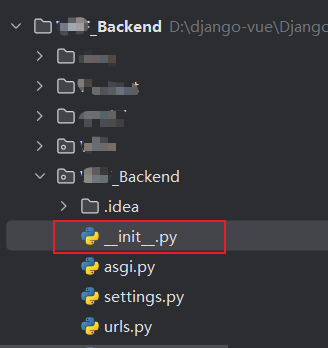

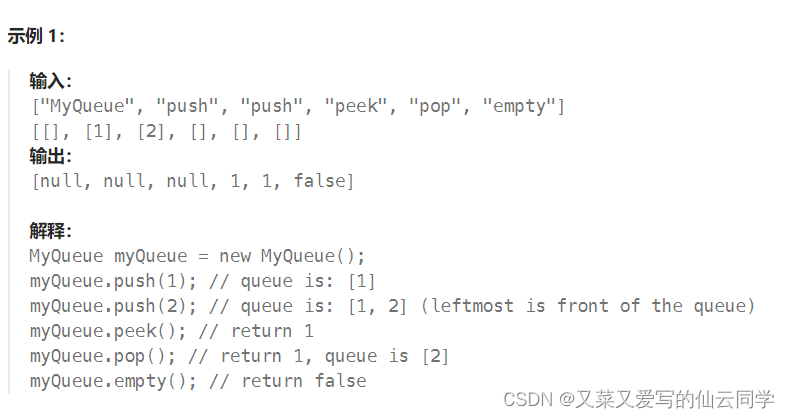






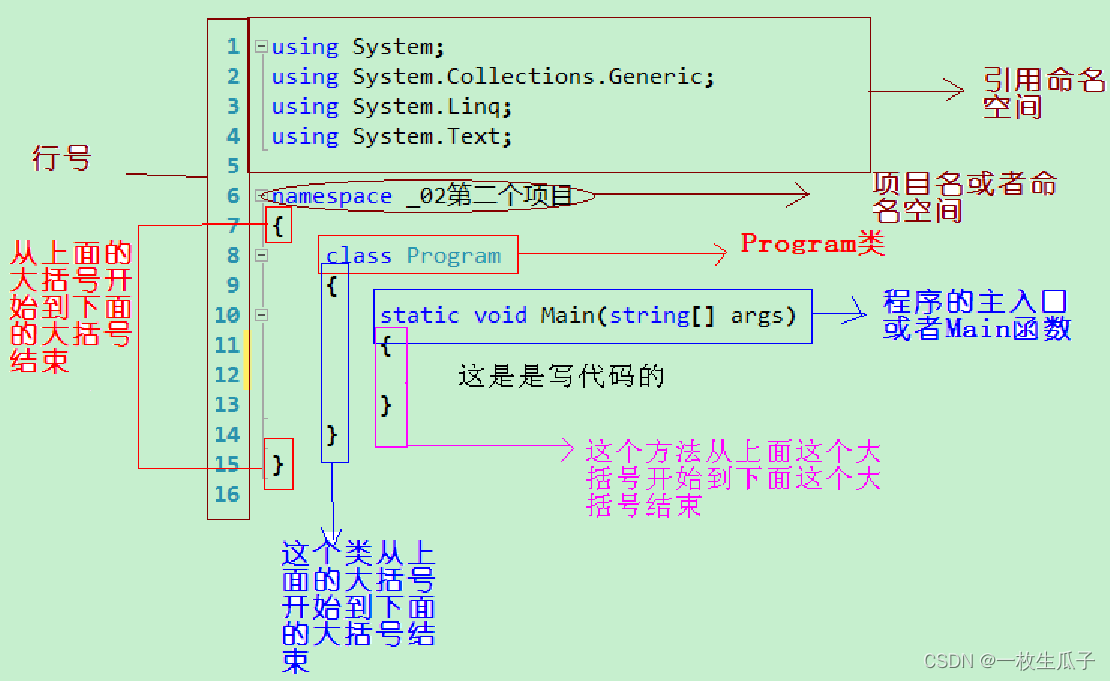

![JavaEE技术之MySql主从复制及mycat[了解,不讲]](https://img-blog.csdnimg.cn/direct/b4d1a67e312a41f0b02f7bd8ef77e5e3.png)

![[Linux][网络][数据链路层][二][MTU][ARP协议]详细讲解](https://img-blog.csdnimg.cn/direct/5b3bd4d1d6cf44bc8e160981452fad1f.png)
